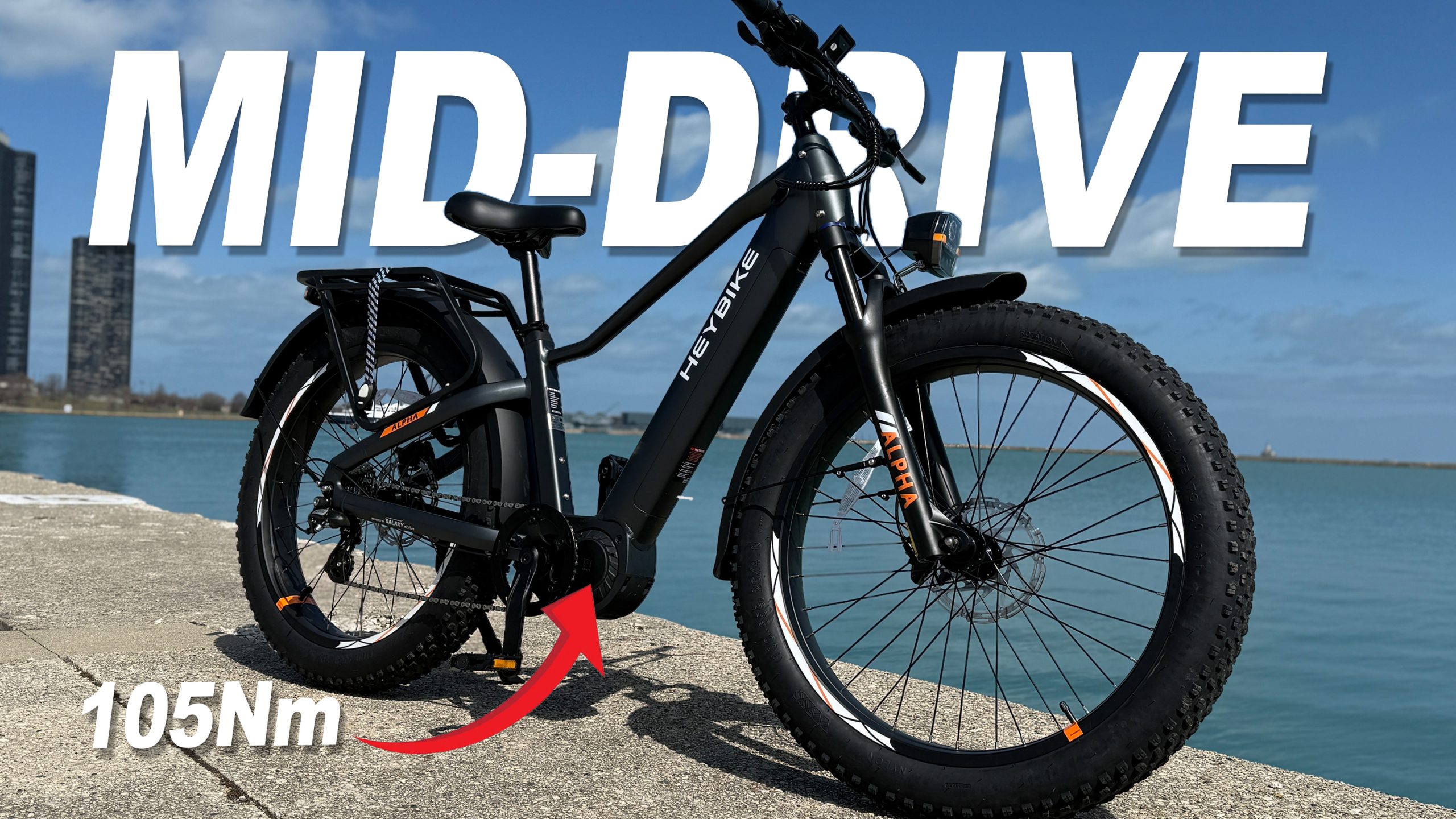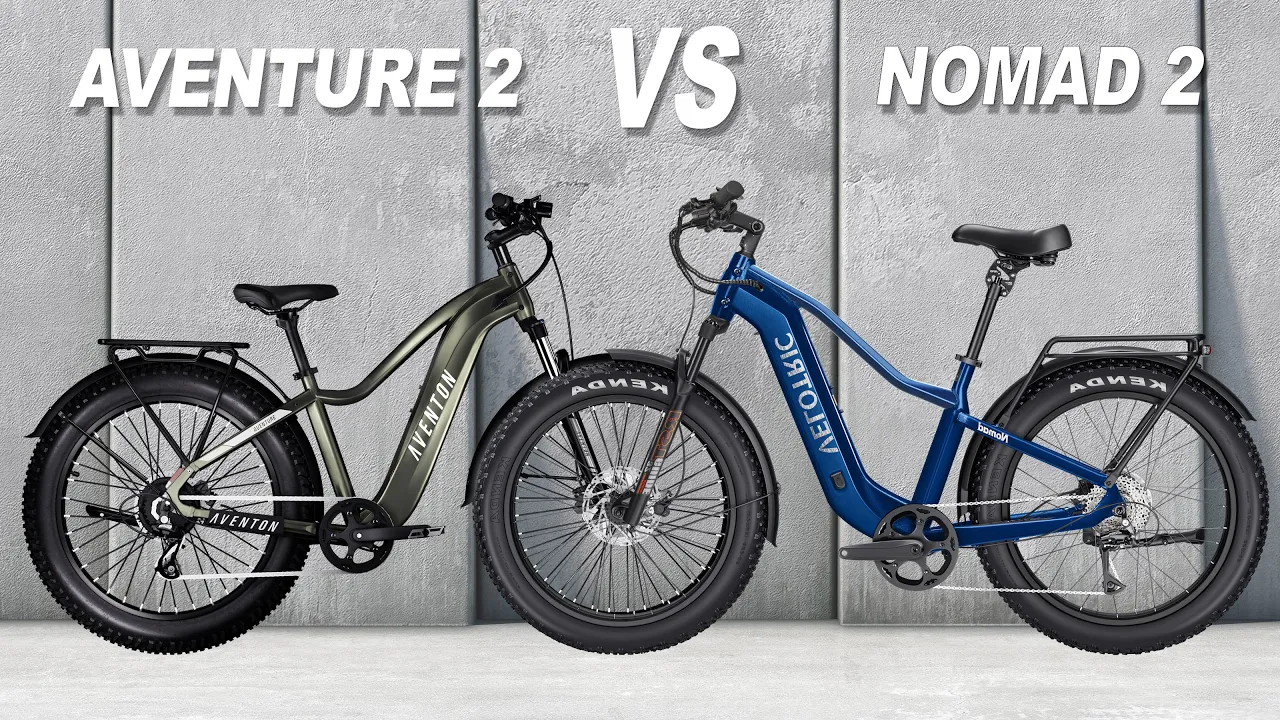Gotrax Tundra Review
Gotrax Tundra Review
In this review, I take a deep dive into the Gotrax Tundra. I test this bike to see how good the Gotrax Tundra performs.
Gotrax Tundra Review
- The Gotrax Tundra is classified as a class 3 ebike, able to reach speeds of up to 28 mph with the assistance of a torque sensor and five levels of pedal assist.
- Weighing 78 lbs and with a payload capacity of 300 lbs, it is priced at $1,599 and comes in two versions: stepover and step-through.
- The bike is equipped with a 48V 750W brushless rear hub motor and features a Shimano 7-speed transmission, Shimano Tourney derailleur, and Shimano 7-speed thumb shifter for easy gear changes.
“The Gotrax Tundra comes as a class 3 ebike, capable of speeds up to 28 mph, with a 48V 750W rear hub motor.”
Battery and Performance Features
- The Tundra is powered by a 48V 20AH battery providing 960 watt-hours of power, allowing for a range of up to 75 miles under optimal conditions.
- With a 3-amp charger, the battery can be fully charged in approximately 6-7 hours and comes with two keys for security and easy removal.
“The Tundra boasts a 48V 20AH battery offering a potential range of 75 miles, rechargeable in 6-7 hours, and features a dual-key security system.”
Display and Speedometer Accuracy
- The user demonstrated resetting the trip, comparing the bike’s mileage display with Strava’s, and testing the speedometer’s accuracy.
- The speedometer and display matched well, showing consistency in tracking distance
“Looks like it’s about… seems like it wants to be the same… the display and the speedometer are the same.”
Throttle and Pedal Assist Testing
- The user tested the throttle function and various pedal assist levels.
- Throttle alone reached 20 mph, while increasing pedal assist allowed for speeds up to 28 mph.
“We’re cruising at 28 miles… zero ghost pedaling… it feels like a Cadence Sensor.”
Uphill and Off-Road Performance
- The user showcased the bike’s performance on a hill climb using both throttle and pedal assist.
- The bike effortlessly climbed the hill using pedal assist level five, showcasing strong uphill capabilities.
“She’s a climber… heading up pretty quick too…”
Beach and Sand Test
- The user tested the bike’s capability in sandy conditions, demonstrating its off-road performance.
- The bike navigated sand with ease, proving to be suitable for off-road terrains.
“This bike’s going to do just fine… this bike should do just fine as we head out into the sand.”
Comfort and Handling
- The user highlighted the comfortable seating position and manageable bike size for riding.
- Noted the bike’s ergonomic design, making it comfortable even for extended rides.
“Making it very comfortable to ride… she doesn’t feel big at all.”
Brake Testing
- The user conducted brake tests at different speeds to assess stopping distances.
- The bike exhibited good braking performance, stopping efficiently at varying speeds.
“Oho she stops pretty quick… 18 ft awesome… let’s see how quick she’ll stop with that.”
Battery Performance and Mileage Check
- The rider stops to check the battery status and mileage after the scooter covers about 19 miles, revealing a 45% battery level on the meter and approximately 19.96 miles covered according to Strava.
- Concerned about battery life, the rider decides to head back home after considering the average range of about 30 miles for this scooter model.
- The battery power decreases steadily during the ride, prompting adjustments in pedal assist levels to conserve energy effectively.
The battery is showing that we’re at 45%, but the meter says we’ve traveled 19.1 miles. Strava shows 19.96 miles. We’ll have to head back soon; the battery normally lasts around 30 miles.
Riding Experience and Battery Management
- Despite the battery level dropping to 21%, the rider continues the journey but reduces power settings to maximize battery life.
- With the battery power dwindling further to 16%, the rider notes that the throttle is still functional, offering support up a hill and maintaining a speed of 20 mph.
- Nearing home with single-digit battery power, the rider observes the display layout, appreciating the pedal assist indication and power display while suggesting enlarging the battery indicator for improved visibility.
Even at 21% battery, I’m far from home, so I’m conserving. Throttle helps up the hill at 16% power. Would love a bigger battery indicator; now at 6%.
Distance Covered and Performance at Low Battery
- The Gotrax Tundra impressively covered a distance of 33.5 miles before the battery completely depleted and shut off, with the bike maintaining a speed of 20 mph even at 0% battery power.
- The riding position of the bike was praised for being upright, making it easy to control, handle, and maneuver.
- Overall, no major changes were deemed necessary for the bike’s seat, grips, or stem—indicating a high level of satisfaction with its design and components.
The bike went farther than what I thought it would originally… went 33.5 miles until the battery just kind of gave out and everything shut off. One of the impressive things about this was this bike was still doing 20 mph on throttle at 0% battery power.







